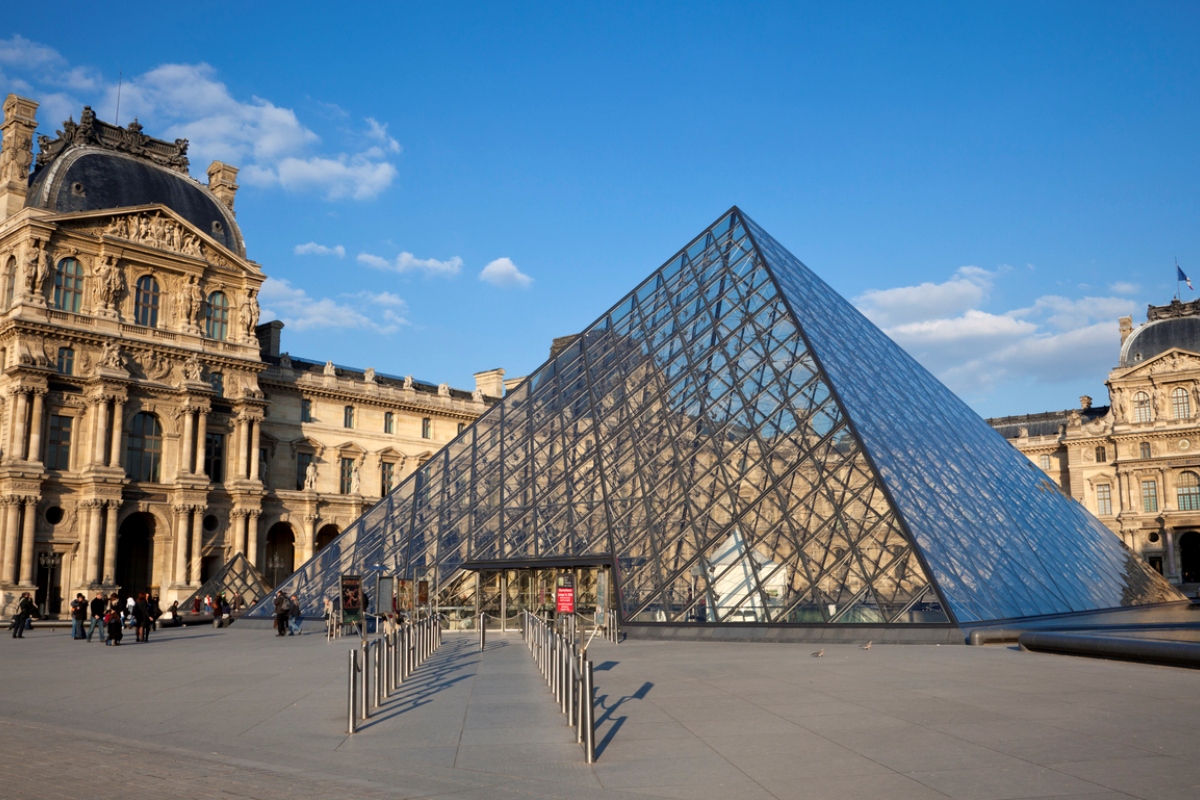The absence of archival evidence renders the record of the Surrealist involvement reliant on the autobiographies of author Andre Thirion and Louis Aragon, and they disagree about which of them organised the exhibition.
Thirion says he accepted the job because it increased his prestige as a militant within the Communist Party. Aragon gives a different version: he claims that he agreed with the General Confederation of Trade Unions that he would organise an anti-colonial exhibition in a building borrowed from the Confederation.
The core of the exhibition, Aragon maintained, was the largest display of African, Oceanic and American sculpture ever seen in Paris, which he assembled thanks to other Surrealists who had put their differences aside during the exhibition.
Although it is not clear whether the Surrealists received payment, money may have been an added motivation for acceptance of the job. The Surrealists also disagreed about the time required to arrange the exhibition: Aragon claimed he was given only ten days.
The exhibition finally opened on 14 September, nearly five months after the start of the Colonial Exhibition. It remained open until December, displaying a blend of politics and culture.
The organisers had to accept the modest size of the exhibition because it was in the Soviet Pavilion, an iconic prefabricated constructivist wooden structure on two floors that had been originally designed for a 1925 International Exhibition of Modern Decorative Art, and reassembled by the Trades Union Confederation.
The left-wing newspaper, L’Humanité commented apologetically, in describing the layout of the Contra-exhibition, on its size and lack of pre-publicity, both of which were unsurprising given the uncertainty about the funding and timing.
Politics was the theme on the ground floor, with posters and photographs displaying the cruelty, famine and misery produced by colonialism, the forced labour and exploitation of the native population. The second floor comprised a small space extolling the virtues of the socialist polity enjoyed by the nationalities in the Soviet Union and the success of the Five-Year Plan, and a larger room that displayed native art along with kitsch symbols to show how Christian missionaries were debauching indigenous art.
The political message of the exhibition was therefore confused, reflecting the ambiguity of Communist policy on colonial independence. Apart from Leninist slogans, there was no propaganda calling for colonial independence, although this was the avowed aim of the League.
The slogan ‘The Truth about the Colonies’ did not clarify whether colonies should be independent or that colonial abuses should be reformed. Possibly anticipating Comintern criticism, Aragon admitted that the exhibition was amateurish, due to the severe and insuperable constraints he faced.
Comintern policy lacked coherence because its instructions were insensitive to local conditions, and the local Communists had to shoulder the blame for the resulting chaos. The tactic to use the League as a front never deceived the police. The Party was obliged to fall back on the Surrealists to organise the exhibition even when Moscow was denouncing their art as bourgeois decadence.
The Contra exhibition exposed the Communist Party’s divergent policy, which called for decolonisation but only under Comintern control. We arrive at four conclusions. Moscow was an insistent and stubborn taskmaster; the Comintern gave the local Communists instructions and closely monitored their execution.
The bulk of its correspondence from Moscow to Paris comprised criticisms and commands ~ “The words it chose, and the terms used were so bad that they resembled directives to a district party committee as opposed to friendly messages of advice”.
The French Communists took the line of least resistance; it accepted instructions but performed them half-heartedly and with obvious lack of enthusiasm for the Contra exhibition. The autonomy of the Communists was circumscribed, but the Comintern never achieved total control. The second conclusion is evidence of the culture of deception.
The Comintern censored the record because it considered the exhibition a failure. A police undercover agent reported that the exhibition “was a veritable fiasco”. In quantitative terms, it attracted only 4266 visitors. The aim to build the League into a mass movement of industrial and agricultural workers failed; only 176 new members joined the League.
There is no subsequent mention of the exhibition in the archives because the Party did not want to compound its admission of failure with additional disclosures. The Comintern, which never admitted its mistakes, castigated the French Communist Party and the Trade Union Confederation of “an intolerable indifference to the concrete tasks incumbent on them and that at times they even sabotage the colonial work” and the “League exists above all on paper”.
The third conclusion is that the Contra exhibition actually gained some indirect and longterm success which the Comintern did not recognise. It was the first open challenge that questioned the colonial empire and exposed its oppression.
It opposed the notion that exhibitions were the exclusive preserve of Western governments to propagate political achievements. One outcome was the Glasgow anti-imperial exhibition later staged by the Independent Labour Party in 1938.
The Contra exhibition therefore was a pioneer of exhibitions of remembrance of oppression in which the State had participated. A last conclusion is that while Soviet culture vilified Surrealist art and later historians criticised the Surrealists for eurocentricity, the Surrealist display at the Contra exhibition was an affirmation that the indigenous art of the French colonies was an equal of Western art.
It helped change Western perceptions of Third World culture to the extent that the Louvre, previously the exclusive shrine of Western art, was obliged to open a non-Western wing to exhibit the art of other cultures and the Pavilion des Sessions, intended at first to be temporary, became a permanent display.
(The writer is a British academic specialising in French history.)











